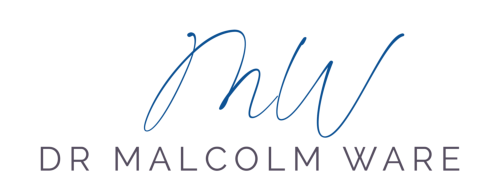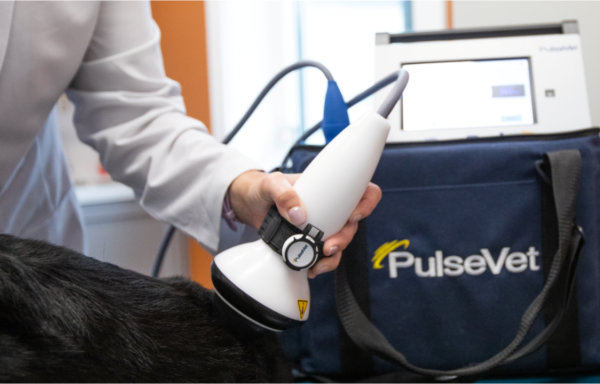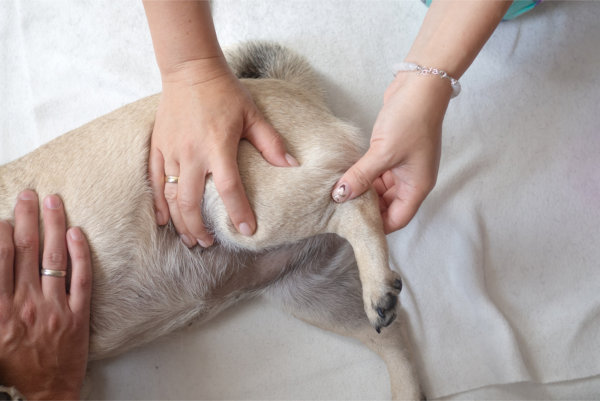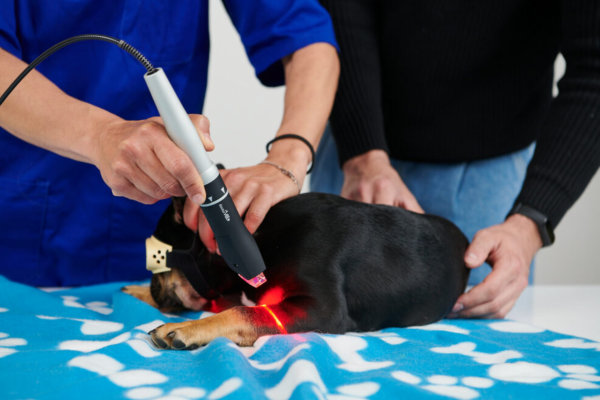Veterinary Shockwave
Shockwave Therapy
A sedation-free, drug-free therapy that facilitates faster recovery and allows horses, dogs, and cats to get back to doing what they love sooner.
Contrary to its name, it doesn’t involve electrical shocks but rather harnesses the power of high-energy sound waves to treat various musculoskeletal conditions.
These waves penetrate tissues, triggering a cascade of biological responses that reduce inflammation and pain while promoting healing. It’s like giving our patients’ bodies a gentle nudge to kickstart the healing process naturally.
What’s the Technology behind Shockwave Therapy?
My experience is in the PulseVet Shockwave unit. These devices emit high-energy waves that are dispersed across a larger area, ensuring maximum coverage and minimal discomfort for our patients.
One recent advancement worth noting is the PulseVet X-Trode—a game-changer in shockwave therapy. This innovative handpiece delivers energy over a wider focal zone, significantly reducing the intensity of the central peak energy.
As a result, treatments are more tolerable for our patients, eliminating the need for sedation even in sensitive animals like cats








